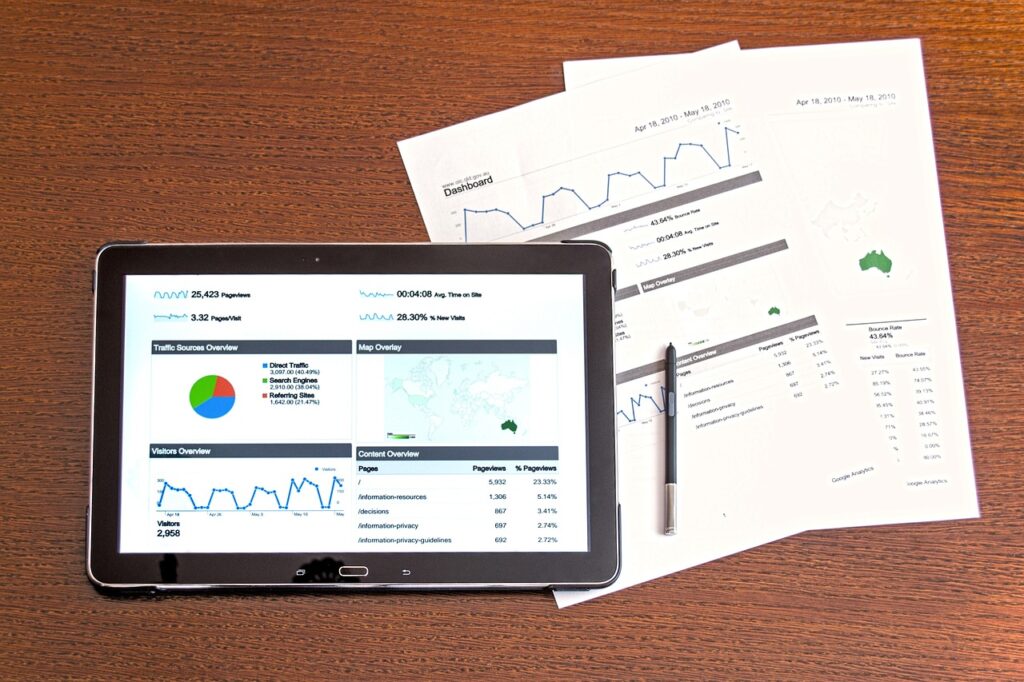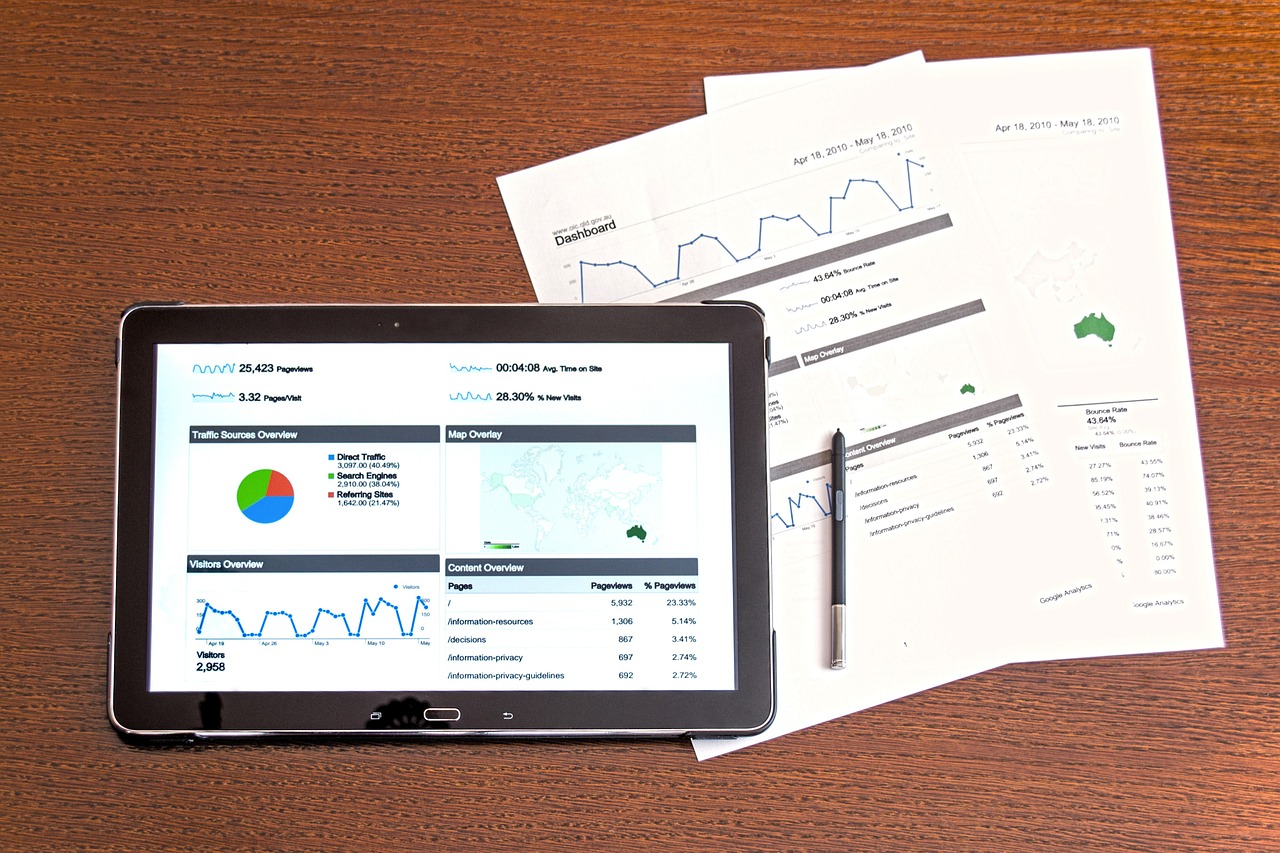
In today’s data-driven world, two terms often dominate the conversation: Data Science and Data Analytics. While they may seem similar, they serve distinct purposes and require different skill sets. Let’s dive into the key differences and their unique roles in shaping modern decision-making.
What is Data Science?
Data Science is a multidisciplinary field focused on extracting insights and knowledge from large volumes of data using advanced techniques. It combines statistics, programming, and domain expertise to build predictive models and solve complex problems.
Key Components of Data Science:
Data Collection: Gathering large datasets from multiple sources.
Data Cleaning: Preparing and preprocessing raw data for analysis.
Machine Learning: Building predictive and prescriptive models.
Big Data Technologies: Using tools like Hadoop or Spark to manage massive datasets.
Programming: Writing algorithms and scripts in languages like Python, R, and SQL.
Applications:
Predicting customer behavior
Fraud detection
Recommender systems (e.g., Netflix, Amazon)
What is Data Analytics?
Data Analytics focuses on interpreting existing data to uncover trends, patterns, and actionable insights. It is more about answering specific questions and driving immediate decisions rather than building predictive models.
Key Components of Data Analytics:
Descriptive Analysis: Summarizing past data to understand what happened.
Diagnostic Analysis: Investigating reasons behind certain trends.
Data Visualization: Creating dashboards and reports using tools like Tableau or Power BI.
Statistical Analysis: Applying statistical methods to uncover insights.
Business Intelligence: Turning data into actionable strategies.
Applications:
Sales performance analysis
Market trend identification
Operational efficiency improvements
Data Science vs Data Analytics: A Comparison
| Aspect | Data Science | Data Analytics |
|---|---|---|
| Focus | Predictive and prescriptive insights | Descriptive and diagnostic insights |
| Approach | Advanced algorithms and machine learning | Statistical analysis and visualization |
| Tools | Python, R, TensorFlow, Hadoop | Excel, Tableau, Power BI |
| Outcome | Building models and automating tasks | Answering specific business questions |
How They Complement Each Other
While Data Science focuses on creating tools and models to predict future outcomes, Data Analytics interprets these outputs to guide decisions. Together, they form a comprehensive approach to leveraging data effectively:
Data Science provides foresight: Predicts what is likely to happen.
Data Analytics provides insight: Explains what has already happened.
Choosing the Right Path
If you’re considering a career in one of these fields, here are some factors to consider:
Choose Data Science if you:
Enjoy programming and mathematics.
Want to work on AI, machine learning, or big data projects.
Have an interest in research and building predictive models.
Choose Data Analytics if you:
Prefer working with tools to analyze and present data.
Are business-focused and interested in solving immediate problems.
Enjoy creating visualizations and reports.

One thought on “Data Science vs Data Analytics: Understanding the Key Differences”